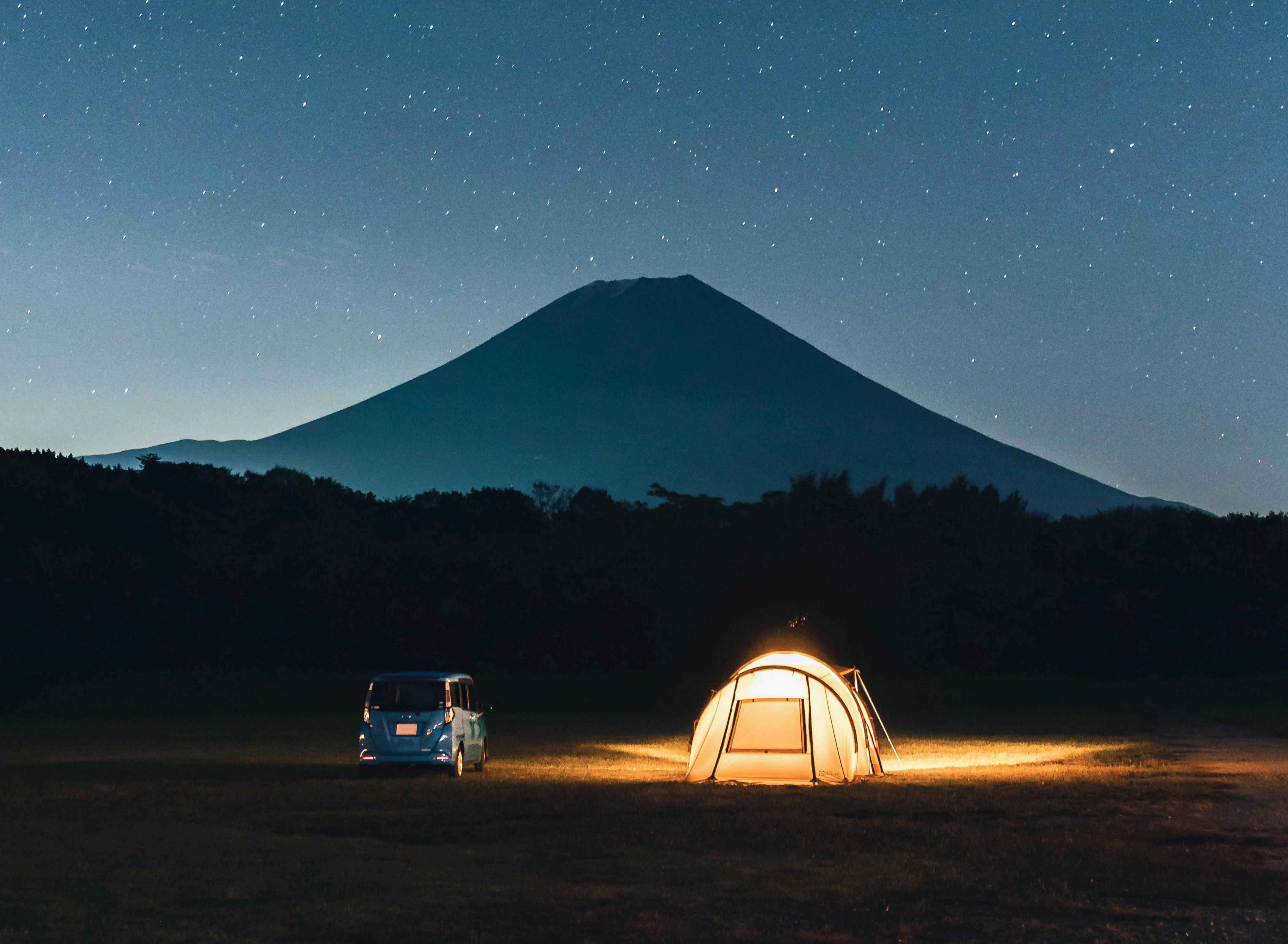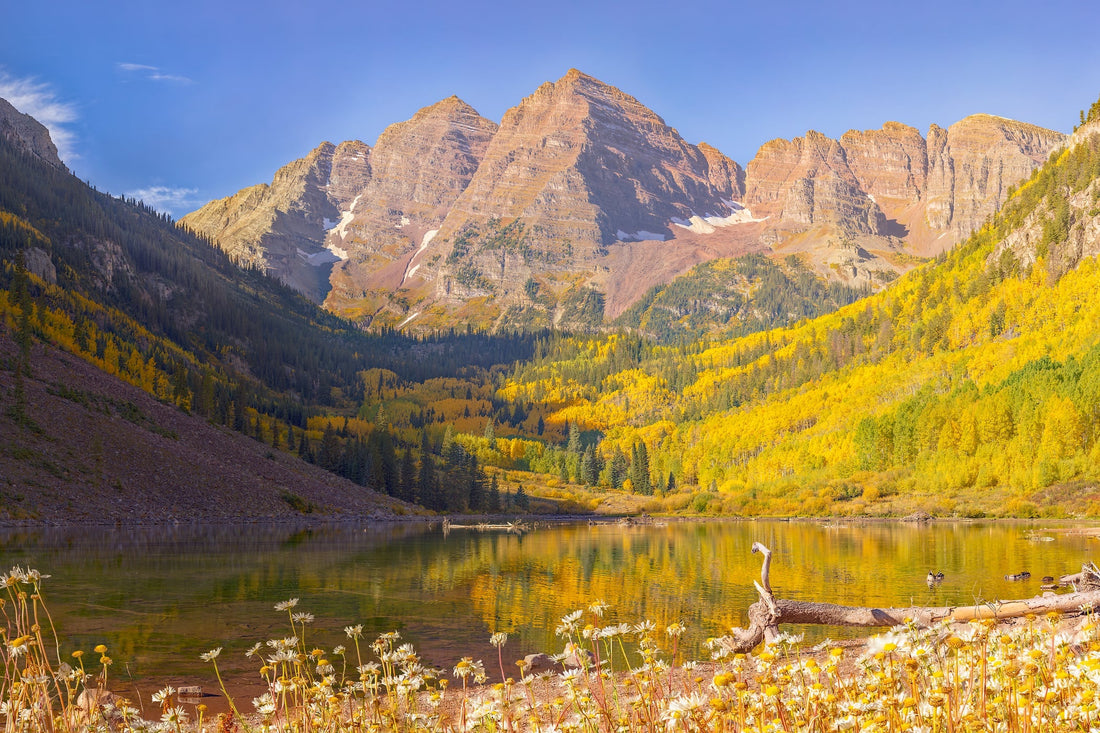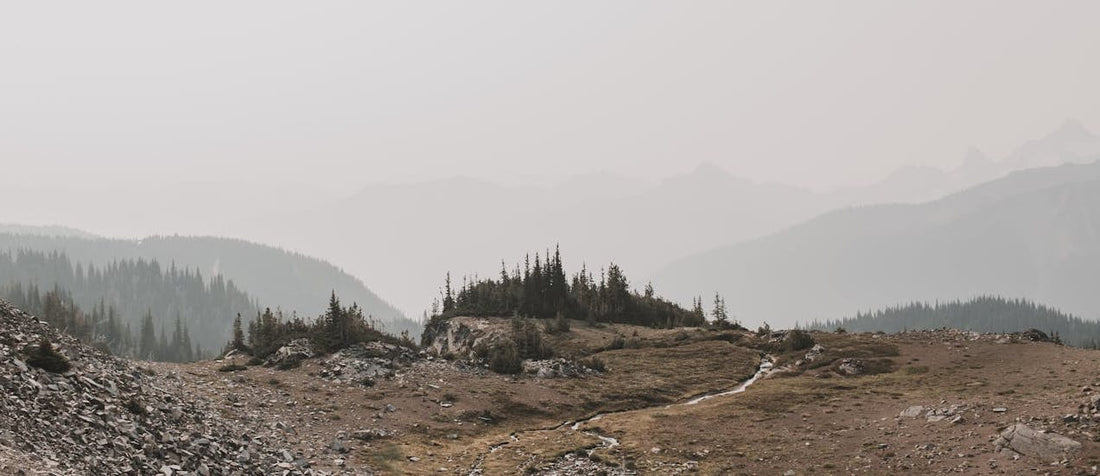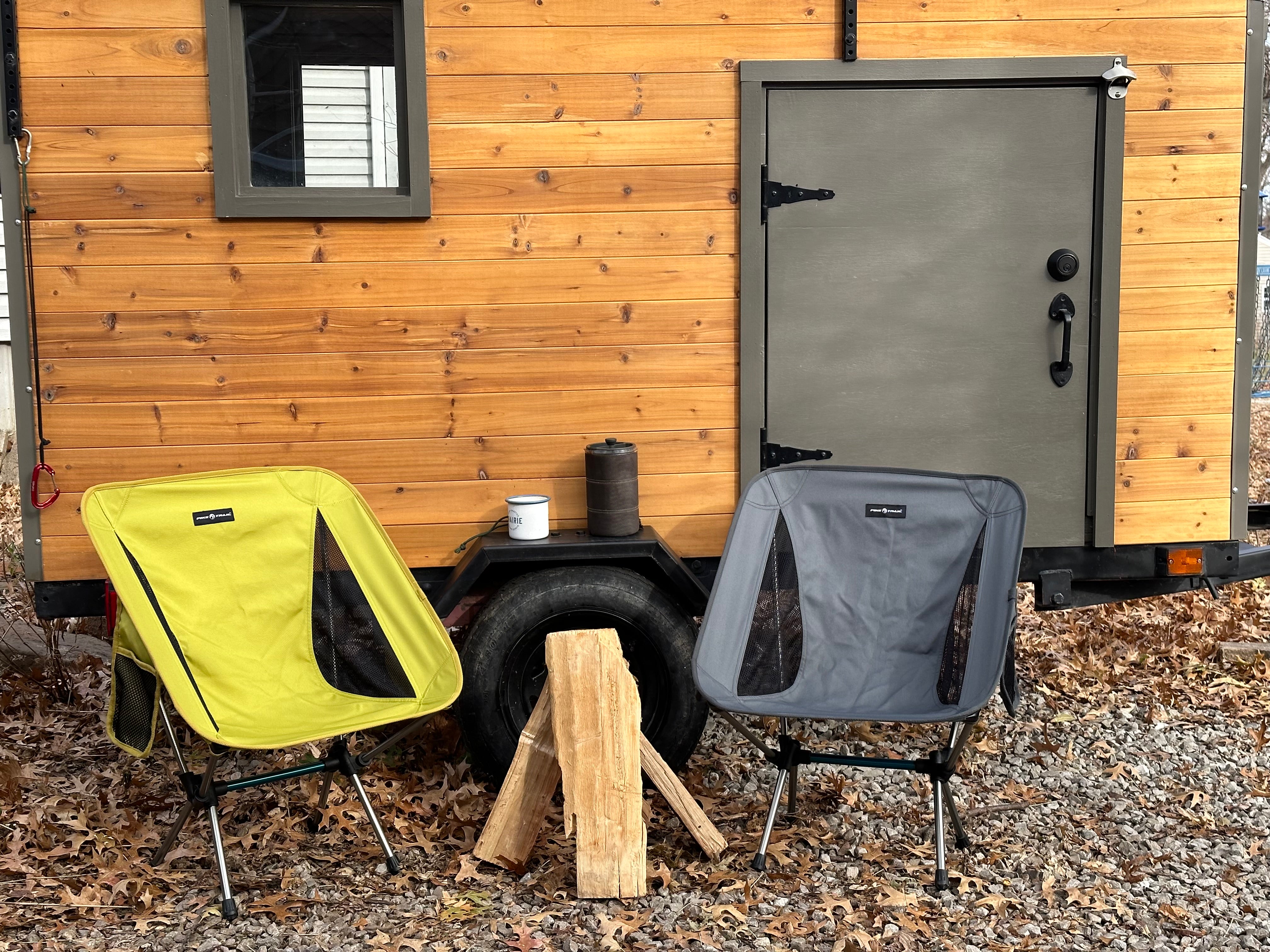Embarking on a multi-day hiking adventure can be one of the most exhilarating experiences for outdoor enthusiasts. Whether you're a seasoned backpacker or planning your first overnight trek, careful planning is essential to ensure a safe and enjoyable journey. From choosing the right gear to mapping out your route, here's everything you need to know to plan a memorable multi-day hiking trip.
1. Research Your Destination
Before setting out on your adventure, take the time to research potential hiking destinations. Consider factors such as terrain difficulty, weather conditions, and trail accessibility. Websites, guidebooks, and online forums are valuable resources for gathering information and reading about other hikers' experiences.
2. Determine Your Fitness Level
Assessing your fitness level is crucial when planning a multi-day hiking trip. Choose a route that matches your abilities and experience, taking into account the distance, elevation gain, and terrain. If you're new to hiking or uncertain about your physical condition, start with shorter trails and gradually work your way up to more challenging routes.
3. Plan Your Route
Once you've chosen a destination and assessed your fitness level, it's time to plan your route. Study trail maps, read trip reports, and familiarize yourself with the terrain and landmarks along the way. Consider factors such as water sources, camping areas, and emergency exit points when mapping out your itinerary.
4. Check Permits and Regulations
Before hitting the trail, check if permits are required for hiking and camping in your chosen destination. Research any regulations regarding campfires, wildlife encounters, and waste disposal to ensure compliance with park rules and minimize your environmental impact.
5. Pack the Essentials
Packing the right gear is essential for a successful multi-day hiking trip. Make a checklist of essential items such as:
- Shelter (tent, sleeping bag, sleeping bag liner, sleeping pad)
- Clothing (moisture-wicking layers, waterproof jacket, sturdy hiking boots, leg gaiters)
- Food and snacks (high-energy, lightweight meals, and trail mix)
- Water and filtration system
- Navigation tools (map, compass, GPS device)
- First aid kit and emergency supplies
- Multi-tool and repair kit
- Personal items (sunscreen, insect repellent, toilet paper)
- Trekking Poles
6. Leave No Trace
Practice Leave No Trace principles to minimize your impact on the environment and preserve the wilderness for future generations. Dispose of waste properly, respect wildlife and vegetation, and avoid damaging trails and natural resources.
7. Prepare for Emergencies
No matter how well you plan, emergencies can still occur in the wilderness. Prepare for unforeseen circumstances by carrying a first aid kit, emergency shelter, and communication devices such as a whistle or satellite phone. Share your itinerary with a trusted friend or family member and establish check-in times to ensure someone knows your whereabouts.
8. Enjoy the Journey
Above all, remember to enjoy the journey and immerse yourself in the beauty of nature. Take time to appreciate the sights, sounds, and sensations of the wilderness, and cherish the memories you create along the way.
By following these tips and guidelines, you'll be well-prepared to embark on an unforgettable multi-day hiking adventure. Whether you're exploring rugged mountain trails or trekking through pristine wilderness, proper planning and preparation are the keys to a safe and rewarding experience.
Happy trails!






